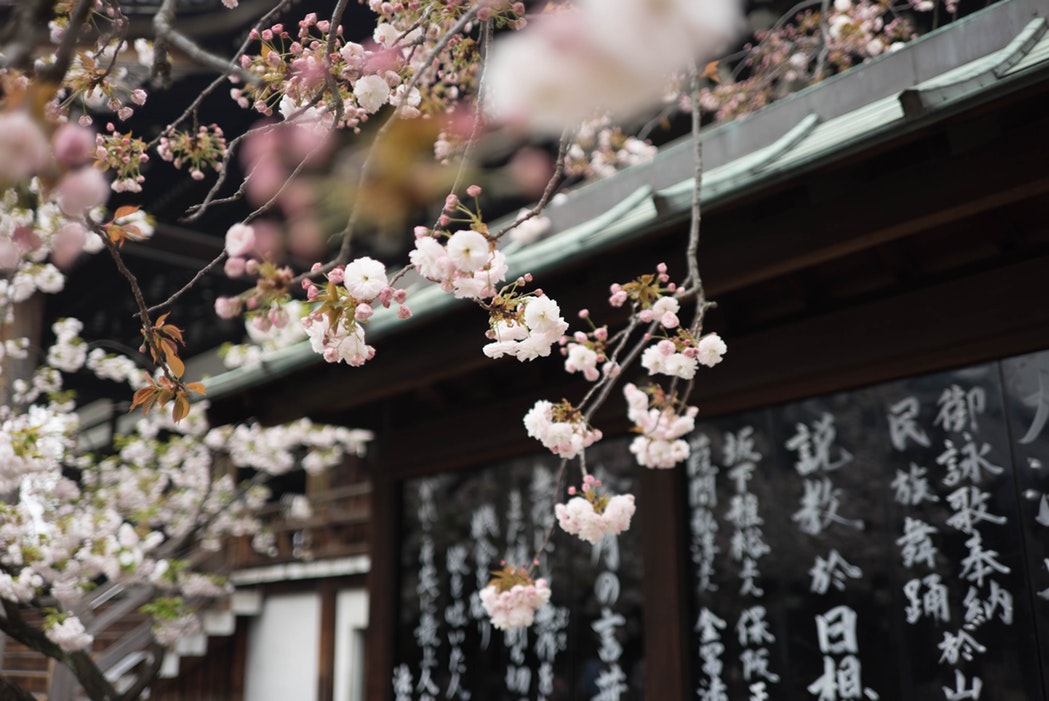
Report type: Weekly Strategy
Looking for buying opportunities with a focus on the rush of elections in the new year!
After its low of 18,948 points on 26/12, the Nikkei average rose 2,912 points to 21,860 points on 4/3, recovering about 53% against the drop from the high price of 24,448 points on 2/10, but was pushed below 21,000 points on 8/3. The recovery lasted 43 days, and reflected the 42 days, 43 days mentioned in the 4/2 issue of the weekly report entitled “Trend of past price movements of the Nikkei average?”. This is also similar to the number of days (42 days) from the low of 20,971 points on 26/10 to 26/12. There were 59 days between the high on 2/10 to the low on 26/12. Between the recovery high of 22,698 points on 3/12 to the low point on 26/12, there were 17 days. Taking these patterns into consideration, the period around 27/3 (ex-dividend date for March financial settlements), which is 59 days from 26/12, and 17 days from 4/3, could be an important turning point for the market. The Nikkei average also recorded a low of 20,347 points on 26/3 last year. Indeed, there is a possibility that a golden opportunity for investing in Japanese stocks is dawning upon us.
During its recent National People’s Congress, the Chinese government reduced real GDP growth rate target to 6-6.5%. While there are people, like Prof Xiang of Renmin University of China, who have expressed doubts about the credibility of these statistics, it is indeed encouraging to see that the Chinese government is feeling a sense of crisis in its economic outlook and besides financial-easing policies, has also produced an expansionary government spending policy expanding fiscal deficit for 2019 to 2.8% from 2.6% in the previous year. The announcements of the postponement of tariff increase by the US on 24/2, and the expansion of RMB-denominated A shares on the MSCI emerging market index were received favorably. As a result, the Shanghai Composite Index rose 27.7% to a high of 3,116 points on 7/3 from its low on 4/1. On the other hand, there are unavoidable circumstances such as having to maintain GDP growth rate consistent with the target set by Chairman Xi during the Autumn 2012 National Congress of the Communist Party of China, during which he declared that “GDP and per capita national income would be doubled by 2020 compared with 2010”.
This is an unique year where both the nationwide local elections and the House of Councilors election are held within
the same year. 7/4 and 21/4 are vote casting and counting dates for the nationwide local elections, while that for the
House of Councilors election is 21/7. The final day of the current Diet session is 26/6. There could even be a possibility
of simultaneous elections for both Houses of the National Diet of Japan depending on PM Abe’s decision on when to
dissolve the House of Representatives. Regarding the 10 consecutive holidays accompanying the change of era, there
could be concerns about “flash crash”-like selling by overseas investors on 3/1, which was a holiday during the Japanese
New Year holidays. However, just as the Central Bank of China had made ample funds available before the Spring
Festival, the Bank of Japan may also prepare adequately for the long holiday period. Counting backwards from
important dates like the oncoming elections, investors should begin to think of how to move forward.
In the 11/3 issue, we will be covering Ezaki Glico (2206), Japan Tobacco (2914), Toshiba Tec (6588), Sanrio (8136),Tanseisha (9743) and Senshu Electric (9824).
